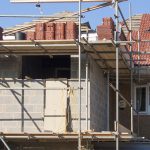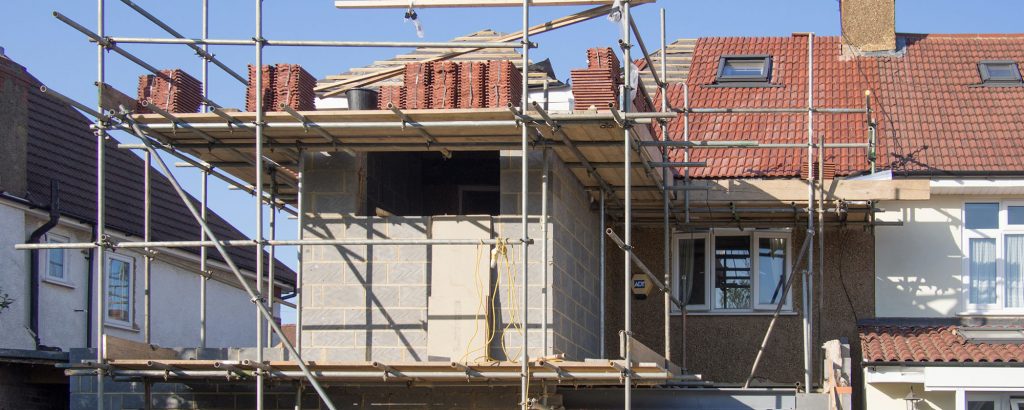
You already own a plot of land and are ready to build your own home. But can you get a self-build mortgage at this point and, if so, can you use the land as a deposit?
Can you get a self-build mortgage if you already own land?
Yes, obtaining a self-build mortgage is entirely possible when you already own a plot of land. In fact, by owning the land already, the overall costs of a self-build mortgage should be cheaper for you. This is because a self-build mortgage usually funds the purchasing of land as well as the building project. Therefore, with only the construction aspect to consider, you won’t need to borrow as much.
Using the land as a deposit for your self-build mortgage
Each lender varies with their deposit requirements for a self-build mortgage. Some will only provide a loan-to-value (LTV) ratio of 60%, meaning you need to pay a 40% deposit. Others will offer a 75% LTV and some may go higher to 80%. You’re generally expected to have savings to cover the deposit. When you already own the land, however, some lenders will allow you to use this as collateral for your self-build mortgage deposit. If you have obtained planning permission for the land, the value will have increased. As a result, the lender may offer you more for your self-build loan.
What type of self-build mortgage is best to use?
Rather than receiving the self-build mortgage funds in one go, as you would with a standard mortgage, they are released to you in stages. There are two types of self-build mortgages available. These depend on whether the lender releases the funds in advance or arrears of each stage of your build project.
- Advance: The funds are released to you at the beginning of each build stage. That way, you don’t have to cover any of the labour or material costs yourself to get started.
- Arrears: You receive the funds at the end of each stage of the build. This means you need to have enough money upfront to cover the costs before being able to recoup them via the lender.
Arrears self-build mortgages are offered by more lenders and tend to have more competitive rates. As you already own the land, you may be able to remortgage it to raise the funds needed to get your build project underway. This is ideal to bridge the funding gap when using an arrears self-build mortgage.
Is planning permission needed before applying for a self-build mortgage?
Planning permission is needed to allow you to build on the land. Without it, a lender is unlikely to consider you for a self-build mortgage. There are two stages for planning permission — outline consent and detailed consent.
- Outline consent: This means you have permission to build on the land without specific details having been agreed. It’s an initial stage of planning permission that consents to the nature of your build project.
- Detailed consent: This means you have full planning permission to go ahead with your build project.
Some lenders may accept outline consent planning permission when your self-build mortgage application is submitted and release some of the initial funds on that basis. However, detailed consent planning permission will need to be in place before the rest of the funds are released. If full planning permission isn’t granted before you begin your build project, you risk having to return the land back to its original state if planning permission is denied. You will have to cover the costs to do this and repay the funds already released to you by the lender.
Eligibility criteria for a self-build mortgage
To be eligible for a mortgage on a self-build, you need to pass the lender’s affordability checks just as you would with a standard mortgage. However, there are additional self-build mortgage criteria you have to meet. As well as obtaining planning permission, you need to provide a detailed plan of the build project, architectural plans and professional indemnity cover, cost projections, site insurance, a structural warranty and building regulations approval.
The alternatives to a self-build mortgage
If you’re undecided about whether to proceed with a self-build mortgage, there are other options to consider.
- Remortgage an existing property. If you have enough equity in a property to cover your project costs, remortgaging it is a viable alternative to a self-build mortgage.
- Use a bridging loan. Get fast access to funds on a short-term basis to get your build project underway.
- Apply for a personal loan. As an unsecured loan, you can borrow up to £25,000 with a personal loan. This is ideal if you don’t need to borrow a large amount for your build project.
- Use the Help to Build scheme. This government scheme provides an equity loan of between 5% and 20% of the estimated cost of your build project. An equity loan of up to 40% is offered in London. You need to apply for a self-build mortgage for the rest of the funds needed, which must be via a lender that’s registered with the scheme, but you won’t need to borrow such a high amount.
Start your build project with a self-build mortgage
Speak with a qualified self-build mortgage broker to get your application underway. Just give us a call on 01322 907 000 for expert guidance on the complexities of mortgages for self-builds. Your dedicated broker in Kent, London or Edinburgh, will advise you on the documentation required and help to make the mortgage process as straightforward as possible. They will search for the best self-build mortgage rates and approach the lender most likely to approve your application. That way, you can look forward to getting started with your self-build project.
Talk to the mortgage experts.
Call us on 01322 907 000
or enquire now
Get in touch
Error: Contact form not found.

